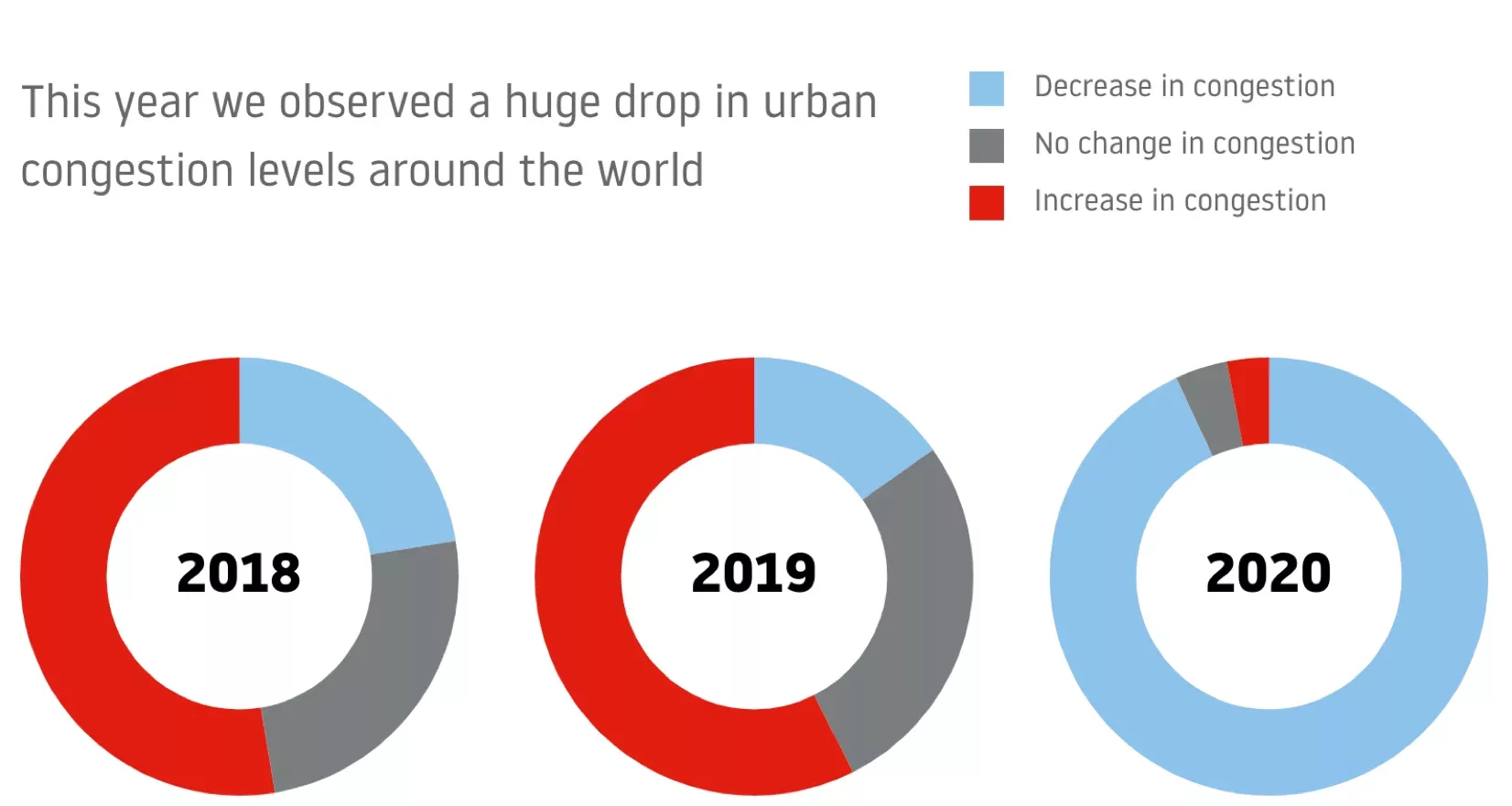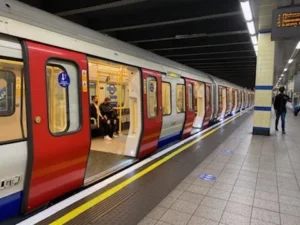Location technology company TomTom says that traffic levels saw a significant decrease in almost all cities in monitors around the world last year, as the Coronavirus crisis had a major effect on journeys.
In its Traffic Index report, TomTom says that out of the 416 cities studied, 387 saw a significant decrease (averaging 21%) in congestion, and an 28% less congestion during rush hours, bucking a trend that has seen congestion increase by an average of 2-3% year-on-year.
Ralf-Peter Schäfer, TomTom’s Vice President of Traffic and Travel, said, “Last year, we announced that global congestion levels in 2019 had increased for the ninth consecutive Traffic Index. In 2020, we saw a vastly different picture. From lockdowns to closed borders, people movement changed – and it changed very fast.”
However, TomTom says we shouldn’t expect the roads to stay so uncongested unless there’s a “concerted and deliberate change in driver behaviour, supported by policy makers and, importantly, employers”. It asks, although Coronavirus has created an opportunity to change traffic forever, will people embrace the shift in mobility and take a new path towards a cleaner, congestion-free future? For example, an end to the rush hour could even be possible through flexible working hours, working from home, and a smart approach to using traffic data to determine the best times to travel.
Schäfer continued, “Although traffic congestion was down in 2020, it’s not going to become a trend unless we take action. We might even see traffic levels shoot up again as people get back to work and back into old routines. That’s why now is the time that city planners, policy makers, employers – and drivers – must take stock of what they will do to make the roads less congested in the future.”
(Graphic – TomTom)



























